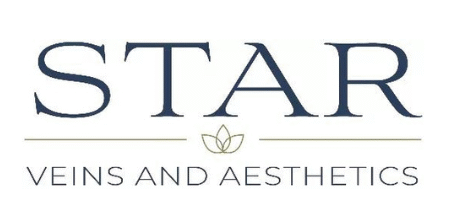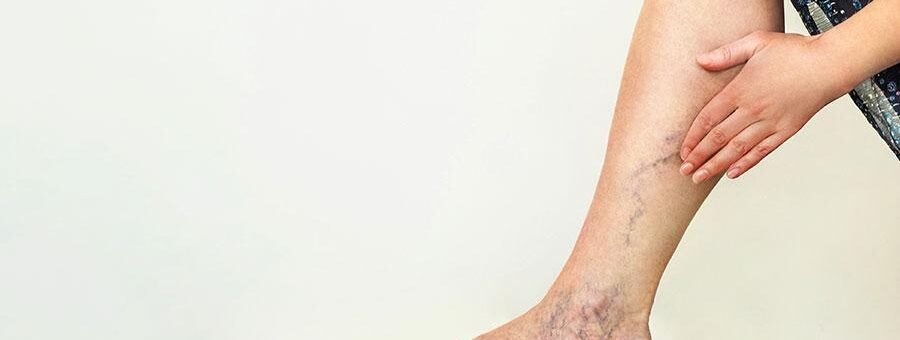Varicose veins are a common issue, affecting millions of people worldwide. These veins, often swollen, twisted, and dark in color, appear just under the surface of the skin and can cause both cosmetic concerns and discomfort. If you’re suffering from varicose veins, you may have heard of the Varithena procedure as a treatment option. This innovative procedure offers a minimally invasive solution that helps alleviate the discomfort of varicose veins and improve the appearance of affected areas.
In this article, we’ll explore the details of the Varithena procedure, how it works, what to expect during and after the treatment, and the benefits it offers. We’ll also address common concerns like leg pain after Varithena, and highlight Dr. Gulshan Sethi, a Long Island specialist known for his expertise in vein treatments, including Varithena.
What is the Varithena Procedure?
The Varithena procedure is an FDA-approved, non-surgical treatment specifically designed for varicose veins in the legs. It involves the injection of a specialized foam into the affected veins, which causes the vein walls to collapse. Once collapsed, the blood is naturally rerouted through healthier veins, and the treated veins are eventually absorbed by the body.
This foam-based treatment is particularly effective for larger, more prominent varicose veins, including those associated with chronic venous insufficiency. Unlike traditional surgery, which may involve vein stripping or invasive methods, Varithena is minimally invasive, making it a popular choice for individuals seeking fast and efficient relief from varicose veins.
How Does the Varithena Procedure Work?
Varithena is based on the use of a microfoam, which is administered through a small injection into the vein. Here’s a step-by-step breakdown of how the Varithena procedure works:
- Consultation: Before the procedure, a consultation with a vein specialist like Dr. Gulshan Sethi will determine if Varithena is the right option for your specific vein condition. This will include a physical examination and possibly an ultrasound to assess the severity of your varicose veins.
- Preparation: On the day of the procedure, a local anesthetic may be applied to the treatment area to ensure comfort. Since Varithena is non-surgical, you won’t require general anesthesia or lengthy hospital stays.
- Foam Injection: Your doctor will inject the Varithena foam directly into the affected vein using a small needle. The foam fills and collapses the vein, causing it to close off. Blood is then rerouted to healthier veins, and the treated vein is gradually absorbed by the body over time.
- Post-Procedure Monitoring: After the injection, you may be asked to walk around the treatment room for about 15-20 minutes. This helps ensure proper blood flow and assists in the effectiveness of the procedure.
- Recovery: Most patients are able to return to their normal activities the same day. Compression stockings are typically recommended for a few weeks to support the healing process and improve circulation.
Benefits of the Varithena Procedure
There are several reasons why the Varithena procedure is considered one of the most effective treatments for varicose veins. Here are some of its key benefits:
- Minimally Invasive: No need for incisions or stitches. The foam is injected through a small needle, making it a quick, non-surgical treatment option.
- Quick Recovery Time: Patients can return to their normal activities the same day. Compared to surgical vein treatments, which often require extended downtime, Varithena offers a significant advantage.
- Effective for Large Veins: Varithena is particularly effective for larger varicose veins, which can be more difficult to treat with other methods.
- Long-Lasting Results: The Varithena procedure not only improves the appearance of varicose veins but also reduces associated symptoms such as pain, swelling, and discomfort.
- Improved Quality of Life: After treatment, many patients report significant improvement in their quality of life due to reduced symptoms and increased mobility.
What to Expect During Recovery
One of the most attractive aspects of the Varithena procedure is the short recovery period. However, as with any medical procedure, patients may experience some side effects during recovery.
Here’s what you can expect after undergoing the Varithena procedure:
- Minimal Downtime: Most patients can resume normal activities within 24 hours. Walking is encouraged right after the procedure to promote circulation.
- Compression Stockings: Your doctor may recommend wearing compression stockings for a few weeks to help maintain proper blood flow and reduce swelling.
Mild Discomfort: It is normal to experience some mild discomfort or leg pain after Varithena. This can usually be managed with over-the-counter pain relievers, but be sure to follow your doctor’s instructions.- Bruising and Swelling: Some patients may notice bruising or swelling around the injection site. These symptoms typically subside within a few days or weeks.
- Follow-Up Appointments: Your doctor will schedule follow-up visits to monitor your progress and ensure the treatment was successful.
Addressing Leg Pain After Varithena
While most patients experience only mild discomfort following the Varithena procedure, some may encounter more noticeable leg pain after Varithena. This is generally a normal part of the healing process, but it’s important to understand why it happens and when to consult your doctor.
- Why Does Leg Pain Occur? After the foam is injected, the treated veins begin to collapse and eventually get reabsorbed by the body. During this process, some patients may experience inflammation or discomfort in the treated area.
- How Long Does It Last? In most cases, leg pain after Varithena is temporary and subsides within a few days to a couple of weeks. Compression stockings and gentle walking can help alleviate discomfort and speed up recovery.
- When to Contact Your Doctor: If leg pain persists or worsens over time, or if you experience unusual symptoms such as excessive swelling or redness, it’s important to contact your doctor. Dr. Gulshan Sethi, a leading vein specialist, will monitor your recovery and ensure you are healing properly.
Is Varithena Right for You?
If you’re struggling with varicose veins and looking for a non-surgical solution, Varithena could be the ideal treatment for you. However, it’s important to consult with a vein specialist to determine if Varithena is the best option based on your specific condition.
Dr. Gulshan Sethi, a renowned vein specialist based in Long Island, specializes in the Varithena procedure. With extensive experience in treating varicose veins, Dr. Sethi can help you assess your condition and guide you through the treatment process, ensuring optimal results.
FAQs About the Varithena Procedure
1. Is Varithena covered by insurance?
Yes, Varithena is often covered by insurance, especially if the procedure is deemed medically necessary due to symptoms such as pain or swelling. Be sure to consult with your insurance provider for specific coverage details.
2. How long does the Varithena procedure take?
The procedure typically takes about 30-45 minutes, depending on the number of veins being treated. Since it’s minimally invasive, there’s no need for a lengthy hospital stay.
3. Are there any risks associated with Varithena?
As with any medical procedure, there are risks involved. Some potential side effects include mild pain, bruising, and swelling at the injection site. However, serious complications are rare, and most patients experience a smooth recovery.
4. How soon will I see results?
Many patients notice an improvement in the appearance of their varicose veins within a few weeks. Symptoms such as pain and swelling may also subside shortly after the procedure.
5. Can I undergo Varithena if I’ve had previous vein treatments?
Yes, even if you’ve had previous vein treatments, you may still be a candidate for Varithena. However, a consultation with your vein specialist is essential to determine the best treatment approach.
Conclusion
The Varithena procedure is a safe, effective, and minimally invasive treatment for varicose veins. With its quick recovery time and long-lasting results, it’s no wonder that more and more people are turning to Varithena to improve both the appearance and health of their veins.
If you’re ready to explore whether Varithena is the right option for you, consult with a trusted vein specialist like Dr. Gulshan Sethi. His expertise in the Varithena procedure and other vein treatments ensures you receive the best care and results possible.
Take the first step towards healthier legs by scheduling a consultation today!

